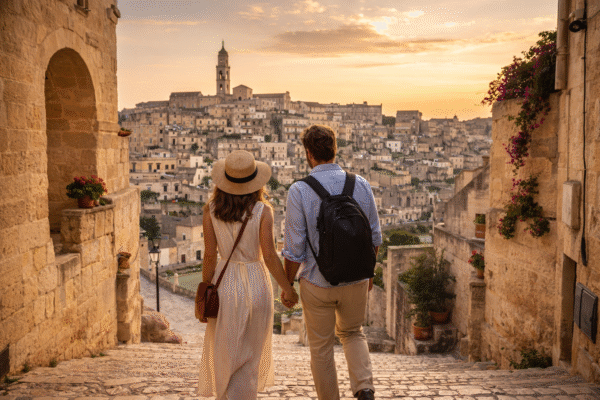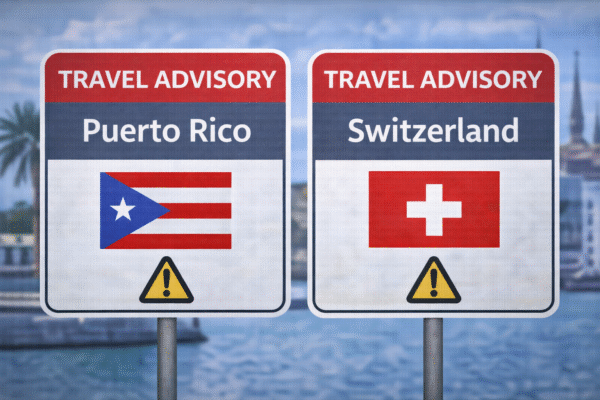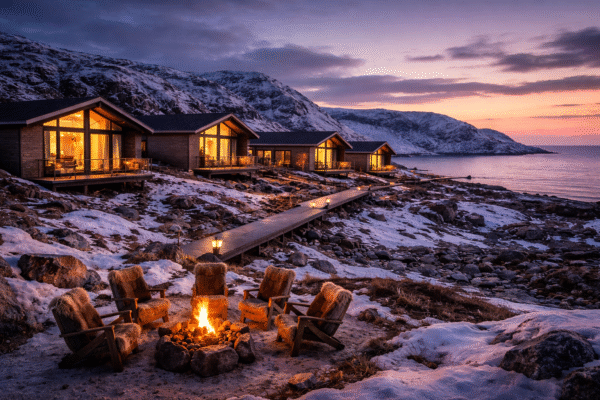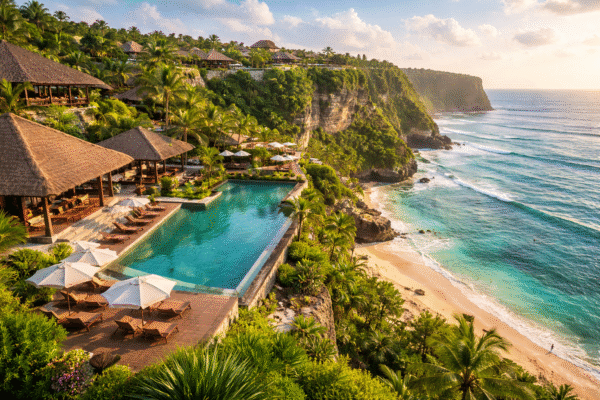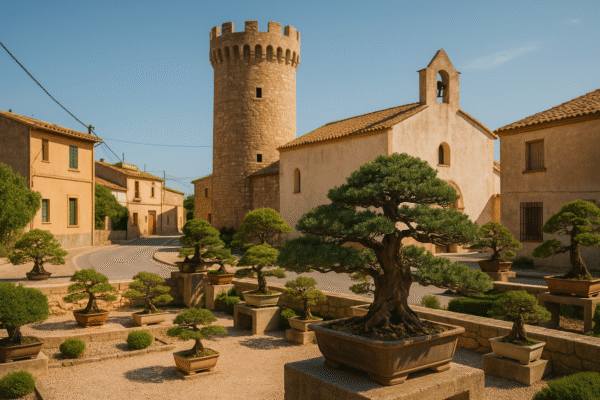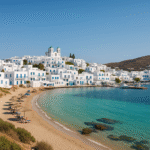Camarles: Spain’s Tranquil Retreat Near the Ebro Delta and Home to Europe’s Most Surprising Bonsai Museum
Tucked away in southern Catalonia, just a 30-minute drive from Tarragona, the peaceful village of Camarles is fast emerging as one of Spain’s best-kept travel secrets. While most travelers flock to the crowded streets of Barcelona or the packed beaches of the Costa Brava, Camarles offers an authentic and affordable experience steeped in nature, culture, and rural Mediterranean charm. Its proximity to the spectacular Ebro Delta Natural Park, and the unexpected presence of one of Europe’s most unique bonsai museums, make it a must-visit destination for eco-conscious and curious travelers alike.
A Botanical Surprise: Mistral Bonsai Museum
At the heart of Camarles lies a hidden treasure for nature lovers: the Mistral Bonsai Museum, considered one of Europe’s most remarkable bonsai collections. Housing thousands of miniature trees sourced from across Asia, Europe, and the Mediterranean, this museum offers a serene, meditative space for visitors to appreciate the intricate art of bonsai without the crowds of urban museums. Rated 4.4 on major travel platforms, Mistral Bonsai is more than a tourist stop—it’s a living gallery where horticulture, Zen aesthetics, and cultural storytelling converge. Entry is affordable, and the peaceful surroundings make it perfect for relaxed, contemplative exploration.
Gateway to the Ebro Delta: A Birdwatcher’s Paradise
Camarles also serves as a natural gateway to the Ebro Delta Natural Park, one of Europe’s largest and most important wetlands. Spanning over 320 square kilometers, the delta is a designated UNESCO Biosphere Reserve and supports more than 300 bird species, including flamingos, herons, and rare migratory birds. Unlike busier birdwatching spots in central Europe, the Ebro Delta offers tranquil observation points and uncrowded trails, ideal for wildlife photographers and ornithologists.
Visitors can take guided boat tours, kayak along quiet canals, or explore La Torra: Centre d’Interpretació de l’Arròs, a museum dedicated to the region’s rice-growing heritage. Educational programs teach visitors about sustainable agriculture and the fragile balance of the delta’s ecosystem, reinforcing Camarles’ commitment to responsible tourism.
Affordable Mediterranean Escapes
Camarles is also a budget-friendly alternative to Catalonia’s more commercial destinations. Accommodations in the area cost up to 60% less than those in Barcelona, with family-run guesthouses and rural villas offering personalized hospitality. Dining is equally affordable—local restaurants serve traditional Catalan dishes such as fideuà (a noodle-based paella) and Delta-caught fish at prices that won’t break the bank.
Outdoor enthusiasts will also find plenty to explore. The region is laced with scenic cycling and hiking trails winding through olive groves, irrigation canals, and sunflower fields. A short drive brings travelers to L’Ametlla de Mar, where quiet, rocky coves and turquoise waters offer a peaceful Mediterranean beach experience—far from the over-touristed resorts.
Sustainable Tourism in Action
Camarles is actively embracing sustainable tourism. From eco-certified accommodations to community-led conservation projects, the village is aligning itself with Spain’s broader green tourism strategy. Many local farms and tour operators now offer eco-friendly experiences such as electric bike rentals, nature workshops, and wetland conservation tours.
Tourists are encouraged to “leave no trace” when visiting the Ebro Delta and to support local businesses that prioritize environmental stewardship. Whether it’s joining a bird-tagging workshop or learning about biodiversity preservation at a rice farm, visitors can engage deeply with the land and leave a positive footprint.
Day Trip to Tarragona: Roman History Without the Crowds
One of Camarles’ greatest advantages is its close proximity to Tarragona, a UNESCO World Heritage Site famed for its ancient Roman ruins. Less than a half-hour away by car, Tarragona offers a quieter alternative to Rome with equally impressive sites: the Roman amphitheatre, Pont del Diable aqueduct, and sprawling archaeological complex dating back over 2,000 years.
Unlike more tourist-saturated cities, Tarragona allows for a more intimate exploration of Roman history. After a day immersed in antiquity, visitors can retreat to the quiet streets of Camarles for a restful evening in the Catalan countryside.
When to Visit Camarles
For the best experience, plan your trip in April, May, or September. These shoulder months offer ideal temperatures for hiking, birdwatching, and museum visits, without the summer crowds. Festivals in nearby towns, including the Ebro Delta Bird Festival, add vibrant cultural flavor during these months.
Travel Tips for a Sustainable Visit
- Stay green: Book eco-certified accommodations that use renewable energy and minimize waste.
- Respect nature: Stick to marked trails and don’t disturb wildlife in the Ebro Delta.
- Shop local: Buy handicrafts and local produce to support the village economy.
- Go slow: Walk, cycle, and explore without rushing. Camarles is best enjoyed at a relaxed pace.
Experience the Real Catalonia
Camarles is more than a stopover—it’s a destination for travelers seeking the real, unfiltered Spain. Whether you’re tracing ancient Roman footsteps, marveling at miniature bonsai trees, or watching flamingos take flight over the Ebro wetlands, Camarles delivers a tourism experience that’s rich in nature, culture, and calm. Skip the tourist traps and explore a sustainable, soulful corner of Catalonia before the crowds discover it.
For more travel news like this, keep reading Global Travel Wire


